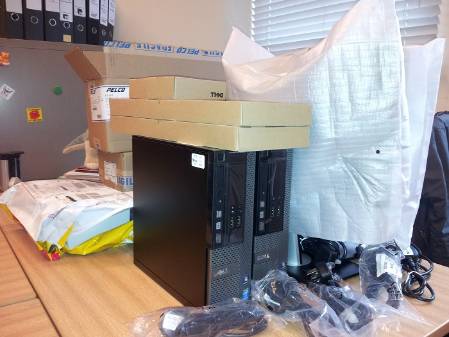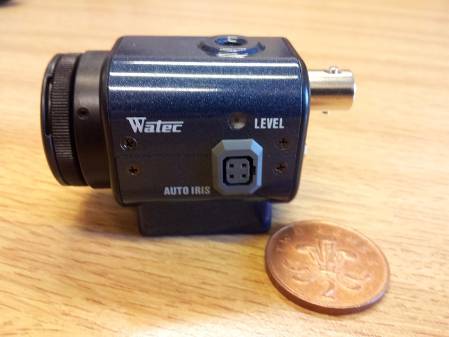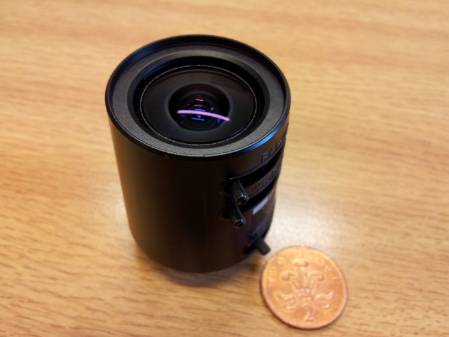We’re delighted to announce the start of a new meteorites project called Shooting Stars @ the Natural History Museum that aims to observe meteors over the UK.
Meteors (also known as shooting stars) are dust and rocks from space that generate a bright trail in the sky as they pass through the atmosphere. When a piece of rock enters Earth’s atmosphere it is moving very quickly (11 – 70km per second). As it falls to Earth the friction from the air causes it to glow and disintegrate. A very bright meteor is called a fireball. If the fireball is large enough (usually >1m), some of the rock may survive the fall and land on the Earth’s surface, which is when it becomes known as a meteorite.
Meteorites record 4.5 billion years of solar system history, but we rarely know where exactly in the solar system they came from. We think most are from asteroids, and some may even be from comets. One way to confirm this is to know a meteorite’s original orbit, which can be estimated if its fireball is witnessed from multiple locations. However, out of a collection of ~50,000 meteorites worldwide, fewer than 10 have been observed falling to Earth in enough detail to accurately calculate their orbit.
My desk is getting crowded but we now have everything we need to start watching the skies!
To increase the chances of seeing a meteorite while it is falling to Earth, a number of digital camera networks, dedicated to detecting meteors and fireballs, have been set up around the world. Some use highly sophisticated cameras and software, whilst others are more low-tech affairs.
Our Shooting Stars project will contribute to these networks by using two CCTV cameras to search for meteor fireballs above the UK. One camera will be placed on the roof of the Natural History Museum in South Kensington, and the second will be located at our Tring site to avoid the effects of light pollution in central London.
Our new toy! This is one of the CCTV cameras that we will use to search for meteors and fireballs above the UK.
Over the last few months we have received almost daily deliveries of cameras, lenses, cables and computers. We’re hoping to have the first camera built and ready for testing in the next couple of weeks, so check back here and keep an eye on our twitter account for the latest updates.
A fish-eye lens will be attached to the camera to give us a wide-angle view of the night sky.





